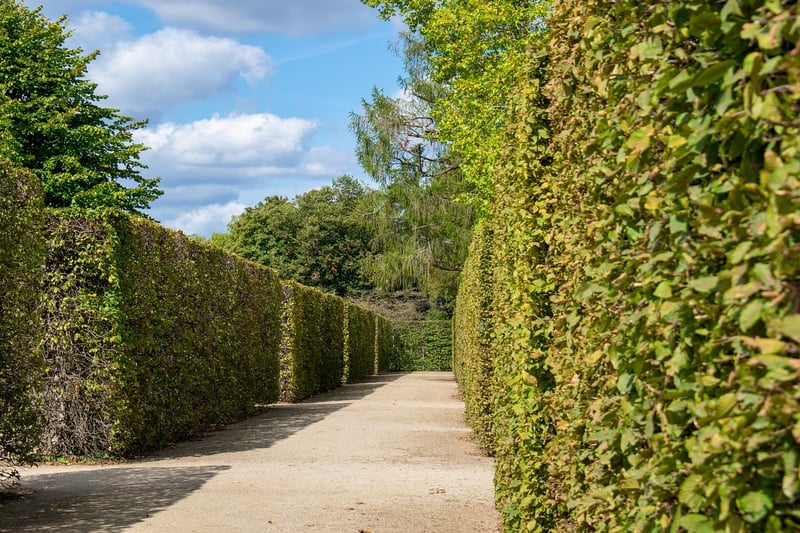Labyrinth Walking
The Art of Meditation While Walking and Labyrinth Walking
Walking meditation is a form of meditation in action that combines the physical activity of walking with mindfulness practices. It offers a unique way to cultivate awareness and presence while on the move. Labyrinth walking, on the other hand, involves walking a winding path as a form of meditation, providing a sense of focus and tranquility.
Benefits of Walking Meditation:
- Improves mindfulness and awareness
- Reduces stress and anxiety
- Boosts mood and overall well-being
- Enhances concentration and focus
- Increases physical activity and promotes fitness
How to Practice Walking Meditation:
- Find a quiet and peaceful place to walk.
- Begin by standing still and taking a few deep breaths to center yourself.
- Start walking at a natural pace, focusing on each step you take.
- Pay attention to the sensations in your body, the movement of your legs, and the rhythm of your breath.
- If your mind wanders, gently bring your attention back to the present moment.
- Continue walking for a set period of time, gradually increasing your awareness and presence.
Exploring Labyrinth Walking:
Labyrinths have been used for centuries as tools for meditation, contemplation, and self-reflection. Walking a labyrinth involves following a single winding path to the center and then back out. It symbolizes a journey to your center and back out into the world, offering insights and clarity along the way.
Benefits of Labyrinth Walking:
- Promotes relaxation and stress relief
- Enhances self-awareness and introspection
- Aids in problem-solving and decision-making
- Encourages a sense of peace and balance
- Provides a meditative and contemplative experience
Tips for Walking a Labyrinth:
- Enter the labyrinth with an open mind and a specific intention or question in mind.
- Walk slowly and mindfully, focusing on each step you take.
- Pause at the center to reflect, meditate, or pray.
- Walk back out of the labyrinth with a sense of gratitude and awareness.
- Take time to journal or reflect on your experience after walking the labyrinth.
Whether you choose to practice walking meditation or explore the ancient tradition of labyrinth walking, both offer valuable opportunities for introspection, mindfulness, and inner peace. Incorporating these practices into your routine can help you cultivate a deeper connection with yourself and the world around you.

Embrace the art of walking meditation and labyrinth walking to embark on a journey of self-discovery and inner transformation.
